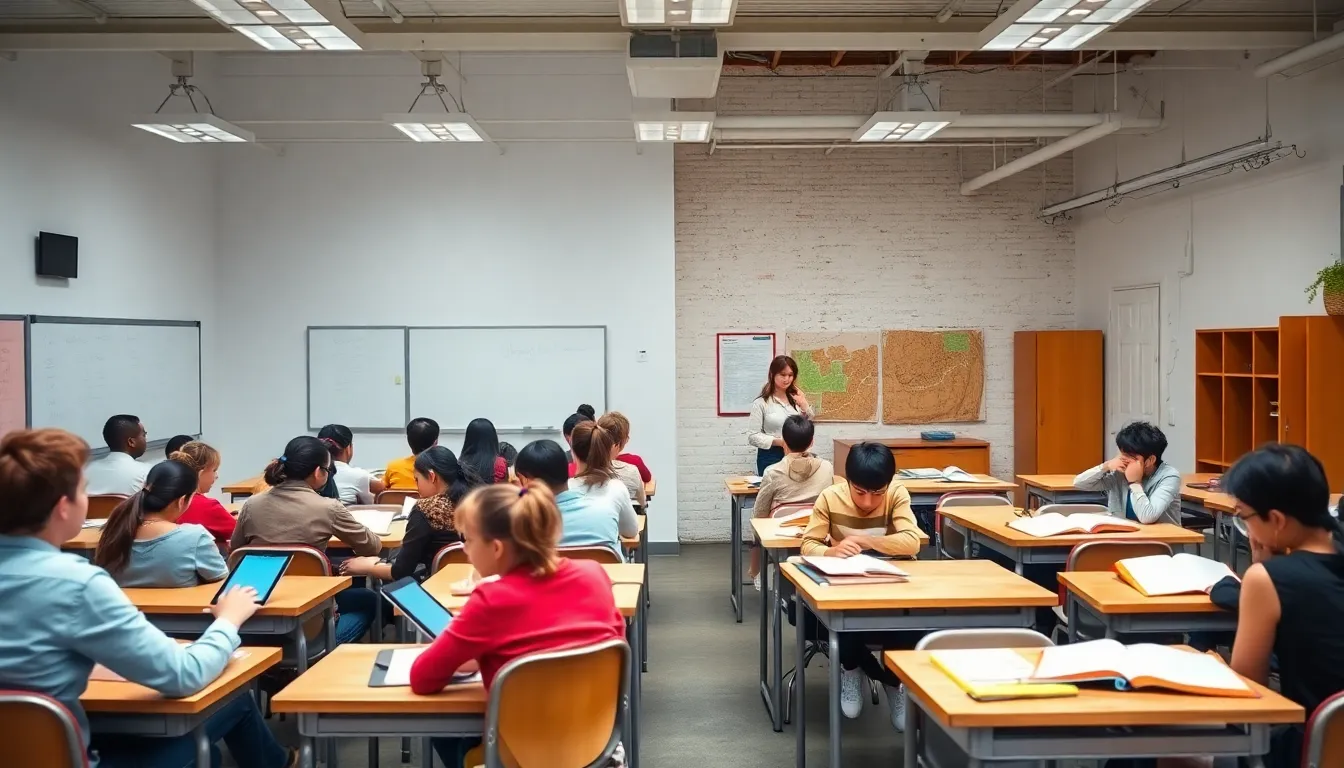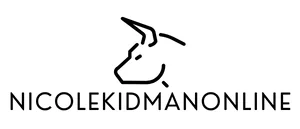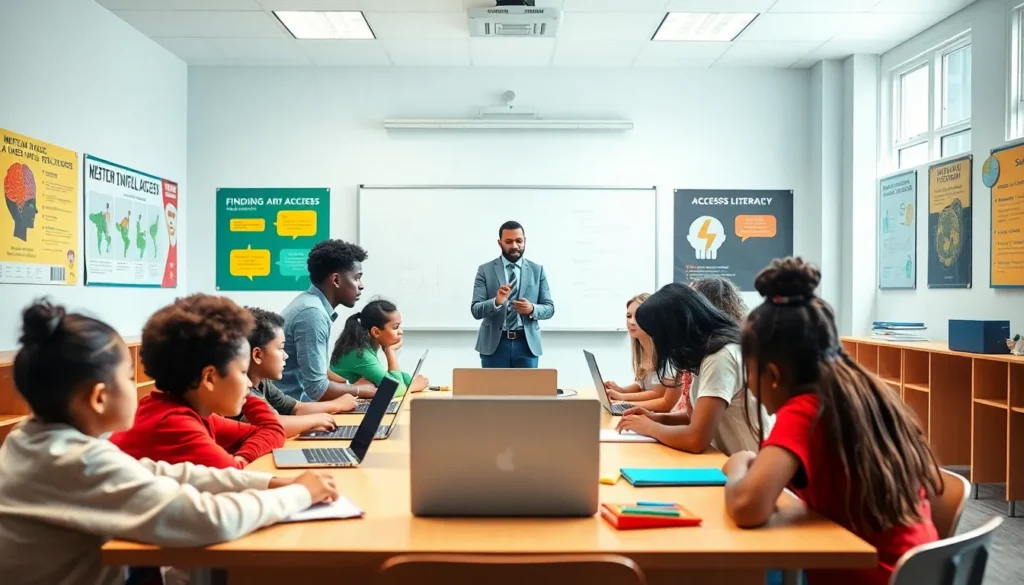Table of Contents
ToggleEducation should be the great equalizer, but it seems every time we turn around, it falls short. With an increasing number of challenges piling up like a game of educational Jenga, it’s time to face the music. From disparities in funding to the tech divide wreaking havoc in classrooms, we’ve got a spectrum of issues to tackle. So, fasten your seatbelts, we’re diving into the top problems in education today that have students and educators alike scratching their heads.
Inequality In Access To Education

Access to education should be universal, but reality paints a different picture. Students in wealthier areas often have resources that provide a more enriched learning experience, while those in underfunded districts struggle to keep their classrooms stocked with basic supplies.
Funding Disparities
Funding for education typically relies on local property taxes, which creates glaring inequalities. Schools in affluent neighborhoods can afford advanced technology, extracurricular activities, and specialized staff. Meanwhile, schools in lower-income areas often deal with crumbling infrastructure and outdated textbooks. This disparity creates a cycle where students from disadvantaged backgrounds can’t reach their full potential.
Urban vs. Rural Challenges
Urban schools battle overcrowding and behavioral issues, while rural schools face isolation and lack of resources. The difference in quality of education is stark. In cities, students may have more access to diverse programs but run the risk of being lost in the crowd. Conversely, rural students often miss out on opportunities due to geographic isolation, leaving them at a distinct disadvantage.
Digital Divide And Technology Access
In today’s world, technology in education is not just beneficial: it’s essential. But for many, it remains out of reach, creating a massive digital divide.
Impact Of Socioeconomic Status
Families with higher incomes often have access to the latest devices and high-speed internet, crucial for online learning. In contrast, students in low-income households face challenges with outdated technology and unreliable internet connections. The disparity exacerbates educational inequalities, as those without access to technology struggle to keep up.
Remote Learning Challenges
The shift to remote learning during the pandemic highlighted these issues. Students without reliable access to technology faced significant obstacles in completing assignments, participating in discussions, and receiving timely feedback. Many fell behind academically, increasing dropout rates and reducing overall academic engagement.
Mental Health And Student Well-Being
As mental health concerns continue to rise among students, many educational systems are struggling to keep pace with the demand for support.
Stigma Surrounding Mental Health Issues
Even though recent progress in addressing mental health, stigma remains a significant barrier. Students often feel embarrassed or ashamed to reach out for help, fearing judgment from peers or teachers. This stigma can lead to harmful consequences, including increased anxiety, depression, and disengagement from school.
Support Systems And Resources
Efforts to create support systems are often underfunded and understaffed. Schools may have counselors, but they are frequently overwhelmed with cases, leaving students feeling unsupported. A lack of adequate resources can discourage students from seeking help, which can have long-term impacts on their educational journey.
Curriculum Relevance And Rigor
Education should equip students with the skills they need in today’s world, yet many curricula fall short.
Standardized Testing Concerns
Standardized tests are often criticized for promoting a narrow view of education. These assessments can stress students and create an artificial sense of achievement that doesn’t reflect true learning. As students and teachers focus heavily on test preparation, creativity and critical thinking often get pushed aside, stifling engagement.
Engagement With Modern Skills
Today’s job market values skills like collaboration, problem-solving, and digital literacy. Unfortunately, traditional curricula often overlook these essential skills, leaving students unprepared for the evolving demands of the workforce. Schools must adapt to include real-world issues and modern skills into the curriculum, so students feel engaged and prepared.
Teacher Retention And Support
Teachers are the backbone of the education system, yet many face obstacles that lead to burnout and attrition.
Burnout And Job Satisfaction
High workloads, low pay, and lack of administrative support are driving many educators from the profession. The pressing demands mean teachers often feel overwhelmed and undervalued, which diminishes their effectiveness and satisfaction. An education system thrives when teachers are happy and supported, when they’re not, everyone suffers.
Professional Development Needs
Professional development opportunities can help teachers grow, yet many districts underfund these programs or fail to provide them altogether. Training should align with current educational practices and technologies to equip teachers with the skills necessary to succeed. Nurturing teachers is just as crucial as nurturing students if we want a thriving educational environment.




